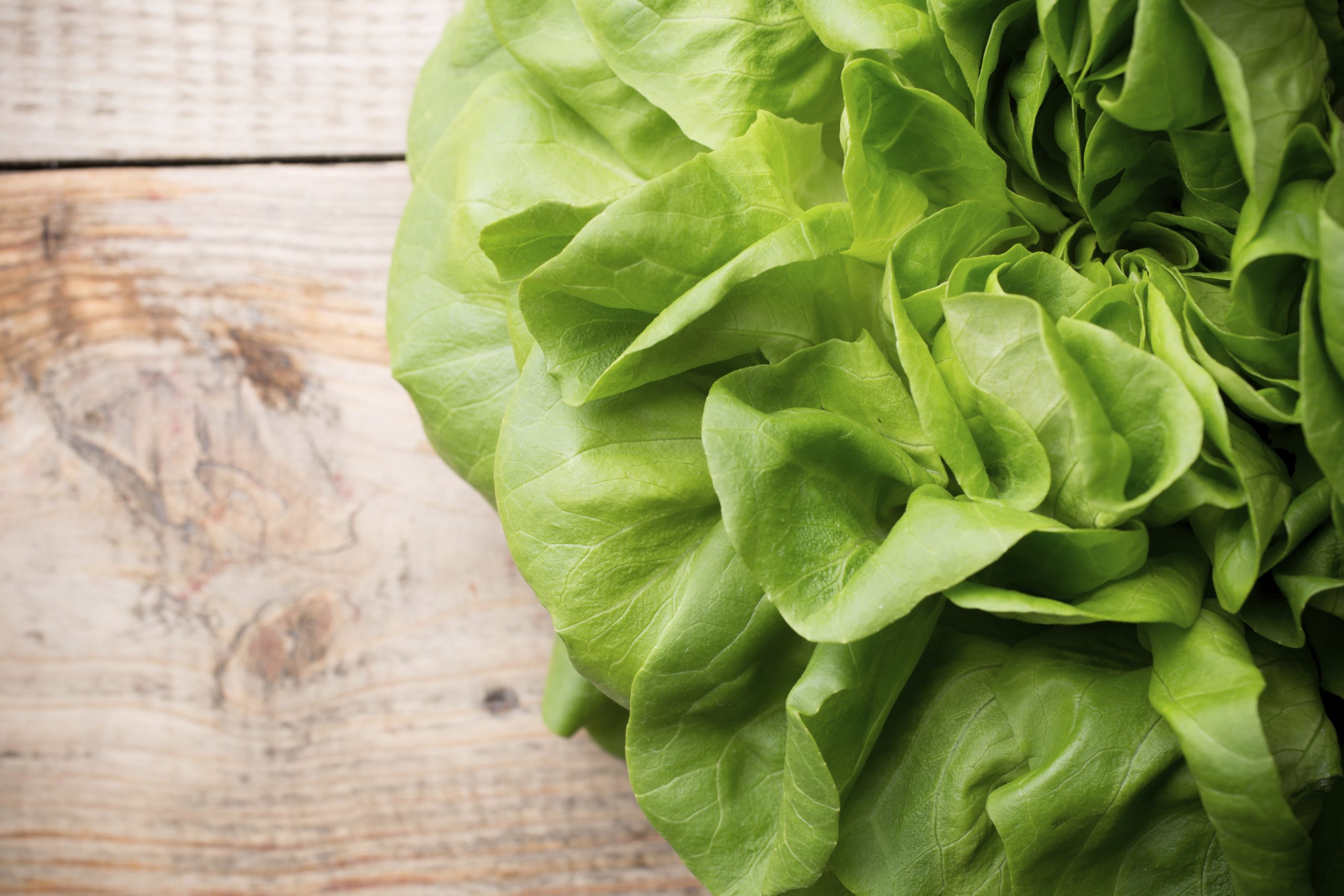
Workshopping a road map for the next big vegetable trend
10 March 2020
The psychology behind spud sales: A wrap-up of the Potato Tracker project
13 March 2020In 2017, the Tasmanian Institute of Agriculture joined forces with Applied Horticultural Research and Simplot Australia to complete a strategic levy investment project aimed at maintaining the Australian vegetable processing industry’s competitiveness in the global marketplace. Project Lead Sue Hinton spoke about the project and how it unfolded.
The processed vegetable industry is a significant contributor to the Tasmanian economy, and rising demand from Australian consumers to buy Australian-grown products has created opportunities for Tasmanian growers to boost production. Recognising the growing market demand for processed vegetables in Australia, Simplot Australia set ‘2020 Targets’ for key frozen vegetable processing crops, including broccoli, cauliflower, carrots, beans and sweet corn. With the local industry facing significant global competition, there is a drive to identify ways in which local growers can achieve greater crop productivity to meet this growing demand.
About the project
Through project VG16011 – Improving processing vegetable yields through improved production practices, researchers from the Tasmanian Institute of Agriculture (TIA) and Applied Horticultural Research (AHR), in collaboration with Simplot Australia, set out to learn what practices were being implemented by leading processing vegetable growers to increase the quality and yields of key frozen vegetable processing crops.
The research also sought to identify gaps in knowledge, with a view to help growers achieve greater productivity through future research. Working closely with vegetable processor Simplot Australia, the researchers set out to discover the practices enabling leading growers to achieve higher yields on their farms.
“The project was really about gaining a better understanding of what growers consider important to their business, and identifying those areas where research might be able to impact their production and allow them to achieve greater gains within their production systems,” TIA Industry Development Manager and Project Lead Sue Hinton said.
The research involved conducting in-depth interviews with a number of growers across a variety of crops to better understand their strengths and challenges, and gather information about where they felt they could benefit from future research.
“Working with Simplot, we contacted growers with an invitation to participate in the project. Participation was entirely voluntary, however we made it clear that this was an opportunity to help identify their most significant problems, and to influence the direction of future research,” Sue said.
“In general, we found that growers were very keen to participate; in some cases we gathered groups of growers to identify collective problems that they then reported back during the interviews.”
Major findings
After the interviews were completed, the data was analysed to identify any opportunities for future research. The researchers found some consistent themes relating to specific crops.
“The spectrum of topics covered during the interviews was certainly broad but after analysing the results, we identified some common issues across growers. We then narrowed it down to those topics that we felt would make the biggest difference, keeping in mind the impact it would have across the different vegetable crops,” Sue said.
This led to the development of a series of fact sheets that growers can download from the TIA website. The fact sheets tackle five key issues impacting production in processing vegetables, and are a collation of existing research that growers can reference immediately.
The topics include: winter crane fly (Trichocera annulata); irrigation management in sweet corn; Sclerotinia rot of green beans; optimising crop establishment in processing carrots; and maximising uniformity at harvest maturity in processing broccoli.
According to Sue, the next phase of the project will involve the establishment of on-farm trials that will look at ways to improve the productivity of the crop.
“If Phase Two of the project goes ahead, we’re looking at setting up some demonstration trials, and getting growers out on-site to have a look at what might be possible on their own farms. This is something that the dairy industry does really well, and it has the potential to drive some positive discussion around how to achieve real gains in yield in the paddock.”
Conclusion
Growers have responded well to the fact sheets, and Sue is optimistic that industry will support funding for Phase Two of the project. She believes that the project is a great demonstration of industry collaboration and the power of supporting others to ensure a positive future of the industry as a whole.
“What was obvious throughout the project was the common desire for improvement, and the benefit of working collaboratively with the processing companies, as well as with other growers. It resulted in a proactive and positive discussion about how the industry can make the most of future opportunities.”
The bottom line
Project VG16011 sought to identify the opportunities for processing vegetable growers to increase their production yields in response to growing consumer demand for Australian-grown frozen vegetables.
In-depth interviews with growers of processing vegetable crops unveiled the main issues impacting gains in production across five vegetable crops: broccoli, cauliflower, carrots, beans and sweet corn.
A series of five fact sheets has been developed to help growers access the latest established research into these five topics. They include: winter crane fly (Trichocera annulata); irrigation management in sweet corn; Sclerotinia rot of green beans; optimising crop establishment in processing carrots; and maximising uniformity at harvest maturity in processing broccoli.
If Phase Two of the project goes ahead, it will aim to establish on-farm demonstration trials to identify ways to improve crop productivity.
Find out more
The fact sheets can be downloaded from the Tasmanian Institute of Agriculture website. The final report for this project is available on the InfoVeg database.
This project was a strategic levy investment under the Hort Innovation Vegetable Fund.
VG16011 was funded by Hort Innovation using the vegetable research and development levy, co-investment from the Tasmanian Institute of Agriculture and Simplot Australia and contributions from the Australian Government.

